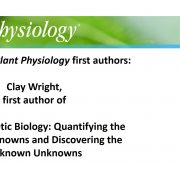
Recognizing Plant Physiology first authors: Clay Wright
Plant Physiology, Plant Physiology: Author ProfilesClay Wright, first author of Plant Synthetic Biology: Quantifying the Known Unknowns and Discovering the Unknown Unknowns
Current Position: Assistant Professor, Biological Systems Engineering, Translational Plant Science Program, Virginia Tech, Blacksburg VA USA.
Education: Postdoctoral Fellow,…
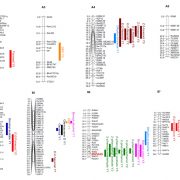
Genetics of rose petal fragrance: RhPAAS and 2-phenylethanol (Plant Phys)
Plant Science Research WeeklyIn Romeo and Juliet, Shakespeare wrote, “that which we call a rose, by any other word would smell as sweet,” but the truth is, most roses today don’t smell as sweet as the ones Shakespeare described; selection for prolonged cut flower life has largely been at the expense of fragrance. Roccia seek…

Arabidopsis bioinformatics resources: Current state, challenges, and priorities for the future (Plant Direct)
Plant Science Research WeeklyFuture research success demands that data are reliable, accessible and shareable. This means that as types and magnitudes of data change, best practices for how data are collected and stored must be regularly updated. Following a focused workshop, the International Arabidopsis Informatics Consortium…

What We're Reading: January 11th
WWR Full PostThis week’s edition is guest edited by Arif Ashraf, a PhD student at Iwate University, Japan and Graduate Student Ambassador of ASPB (NOTE: Apply by January 15th to be an ASPB ambassador). His research interest is understanding the hormonal interplay in primary root development of Arabidopsis thaliana.…
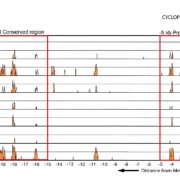
The secret of NIN (Nodule Inception) ($) (Plant Cell)
Plant Science Research WeeklyTwenty years ago, a genetic screen of Lotus japonicas identified NIN (NODULE INCEPTION), a transcription factor required for both early (infection thread) and late (nodule primordium development) stages of nodule formation. In daphne (a weak allele of NIN), infection threads form but not nodule primordia,…

Local auxin biosynthesis is a key regulator of plant development ($) (Devel Cell)
Plant Science Research WeeklyMorphogenic gradients of auxin are essential for plant phenotypic plasticity. Polar auxin transport plays a central role in auxin maxima generation. The exquisite spatiotemporal expression patterns of auxin biosynthesis genes suggested that local sources of auxin may contribute to the formation of auxin…
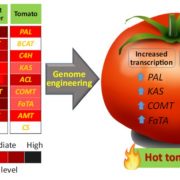
Opinion: Capsaicinoids: Pungency beyond Capsicum (Trends Plant Sci)
Plant Science Research WeeklyYou probably saw this article being discussed in your favorite news channel (in the UK, coverage spanned from the Daily Mail to the Guardian). In an Opinion article, Naves et al. discuss the genetics, biochemistry, ecology and health-benefits of capsaicinoids (the “heat” in chili pepper), and consider…
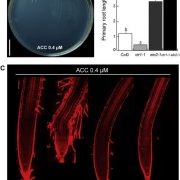
CONSTITUTIVE TRIPLE RESPONSE 1 and PIN2 coordinately regulate indeterminate root growth (Plant Sci)
Plant Science Research WeeklyMéndez-Bravo et al. explored the mechanism for the dramatic phenotype of the ctr1 mutant (CONSTITUTIVE TRIPLE RESPONSE 1), which inhibits both cell division and elongation. In the ctr1-1 mutant background, auxin response is induced at the root tip and an increase in expression of the auxin transporter…
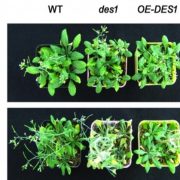
Hydrogen sulfide regulates energy production to delay leaf senescence induced by drought stress in Arabidopsis (Front Plant Sci)
Plant Science Research WeeklyPremature leaf senescence can occur due to a mutation of a L-cysteine desulfhydrase1 (DES1) gene that encodes an enzyme that produces hydrogen sulfide (H2S), a "gasotransmitter" with functions in plants as well as mammals. Jin et al. explored the physiological functions of H2S in Arabidopsis. In addition…

